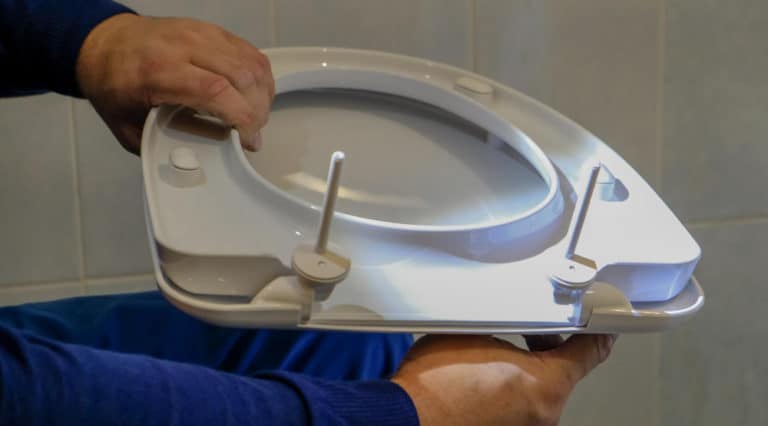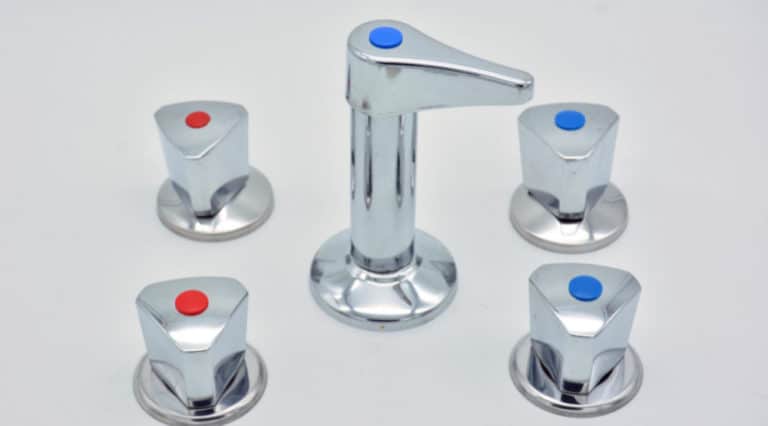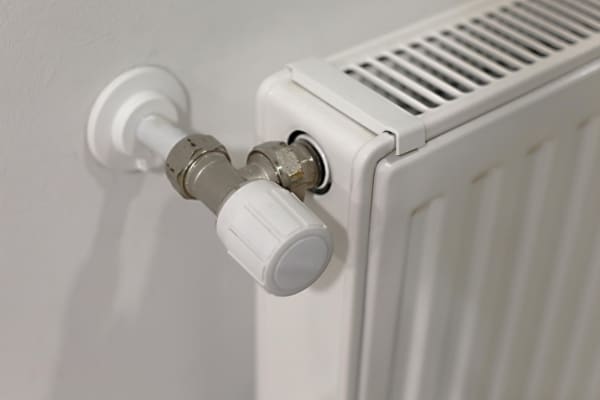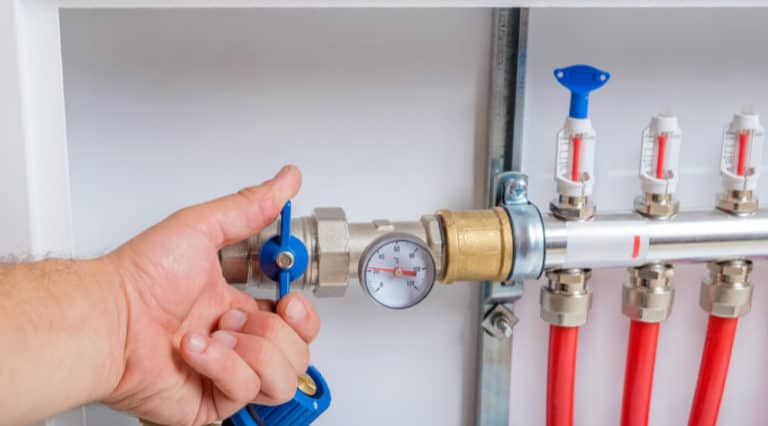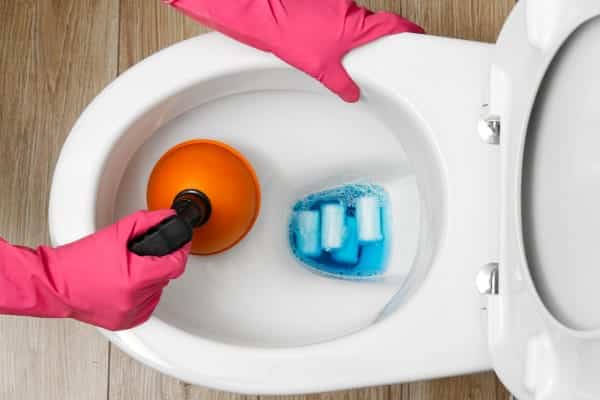Find My Local Expert How to Replace a Toilet Bowl...
Read More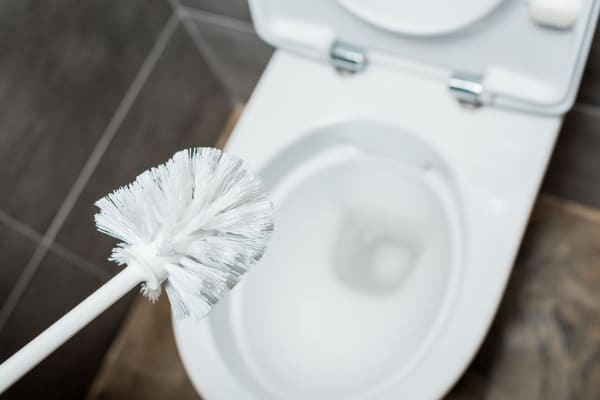
Steps to Unclogging Without a Plunger
There is a special kind of panic reserved for clogged toilets. When you flush and the water begins inexorably rising towards the rim, threatening to spill over. In most cases, it won’t actually overflow from a single flush, but you will still be left with a full toilet bowl, which is as unhygienic as it is unsightly.
If you have a plunger to hand, you can usually head things off at the pass, as it were, and get that loo unclogged before the water gets anywhere near the rim of the bowl, but what if you haven’t?
Of course, we would recommend having a plunger in your home regardless of whether you think you’ll ever need it. Plumbing emergencies might not be quite as dramatic as, say, fire, but they’re still emergencies, and it’s good to be prepared. Still, we’re only human, and best intentions all-too-often remain just that; intentions. Maybe you meant to get a plunger and just haven’t got around to it, or maybe you’re convinced it’s unnecessary and don’t intend to buy one at all.
Regardless of the reason you find yourself with a clogged toilet and no plunger, we’re not here to judge, we’re here to help. There are several things you can try to get your toilet bowl flowing freely again without the use of a plunger, and we cover most of them in this post, but before we get to that, it’s worth touching on good practice regarding your loo.
Avoiding a Clogged Toilet in the First Place
The best defence is a good offence, and in this context, that means not clogging the loo in the first place. Of course, if you’re reading this, it’s a safe bet that the worst has already happened, but even if you skip over this section straight to our suggestions for how to unclog your toilet without a plunger, you should come back and give it a quick read for future benefit!
The biggest cause of clogged toilets is an excessive amount of toilet paper. Some people simply need more toilet paper than others, there’s no getting around that, but if you find that you need a lot of toilet paper, consider giving the toilet a quick flush part way through the process, so that the amount of material being flushed at one time is reduced.
Another cause is objects that are not meant to be flushed being thrown down there. Toilet paper is specially designed to dissolve in water, making it less of an obstruction. Other types of paper, such as kitchen roll, are not designed in such a way. Indeed, many alternatives like kitchen roll are actually designed not to break up when they get wet, with the focus being on absorption. If the packaging on something says it is not flushable, don’t flush it!
Finally, there is the matter of your… deposit. If you find that your toilet regularly clogs purely due to the size of your stool, you are either going to need some significant dietary changes, or a new toilet with a wider neck.
What do I Need to Unclog the Toilet?
There are several ways to approach this, using things that you will likely have lying around your home. For the most part, there is no reason why you can’t try more than one of these suggestions, but use your discretion. For example, the hot water solution should not be your go-to method if your toilet bowl is already full to the brim.
Coat Hangers
Ideally you would be looking at a wire coat hanger, but a plastic one could work in a pinch. Toilets work by pouring water into the bowl with the weight of that water pushing the contents of the bowl down the neck and around the U bend. When your toilet clogs, it is because there is too much material trying to get through the neck at one time.
The idea behind this method is that you can give everything a little push, dislodging it, and the weight of the water on top of it will do the rest. This will almost certainly work if the blockage is near the top of the neck, but if it has occurred further through the U bend, you won’t be able to get there with a rigid implement like a plastic coat hanger.
Enter the wire hanger!
It’s debatable whether you would want to re-use a coat hanger you’ve used to unclog your toilet at all, but you certainly wouldn’t be re-using a wire hanger after this. You can unfurl and bend the hanger in such a way that it reaches around the U bend. There is still a limit to how far you can get with this method, but it gives you more range than a rigid hanger.
Epsom Salt
Epsom salt isn’t necessarily available in every household, but for those who have it on hand, it can be a great way to get that clogged toilet flowing again. The salt creates a fizzy reaction in the water, which can be enough to dislodge the blockage.
Now, being completely honest, it’s not going to work on a serious blockage. If things are really packed in down there, this probably won’t make a dent. But if the blockage is only just holding on, Epsom salt could be enough to send it on its way.
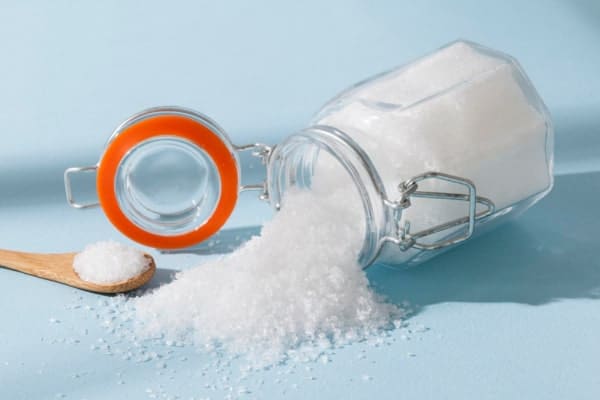
Hot Water
If there is enough space in the toilet bowl to add more water, hot water could do the trick. It’s important to note that we are talking hot but not boiling water. Drastic temperature changes can cause ceramic to crack, and you don’t want your toilet bowl cracking at the best of times, never mind when it is clogged!
Pouring a large enough quantity of hot water into the bowl has the combined effect of creating movement that can help dislodge the blockage and the heat, which makes things a little more malleable.
Washing Up Liquid
Similar to the hot water, you can try adding washing up liquid to the mix. This may take a little while to get going, but the washing up liquid will help to break down grease and grime and other things that might be holding the blockage together.
As we said, this one isn’t an instant fix. In some case you might need to let it sit overnight to do its thing, so if you only have one toilet in your house, you might want to consider one of the faster-acting methods, like the coat hanger option.
Baking Soda and Vinegar
Baking soda and vinegar is a mixture of choice for many people trying to clean to stubborn grime from things, and that is because it is very effective. To employ this method, upend a cup of baking soda into the toilet bowl and stir it around to get as even a spread as you can, then give it a little time to sink.
Next, pour in a couple of cups of vinegar in slow, circular motions. As the vinegar sinks and interacts with the baking soda, it will start to fizz. From here the process is more or less the same as with the Epsom salt. If all goes well, the disturbance caused by the fizz will help to break up the blockage.
Drain Cleaner
We wouldn’t necessarily recommend this method if you have other options. Not only are drain cleaners bad for the environment, they can be bad for you if you get any on your skin. But, if you have no better option, you could give this ago.
Simply pour in a cups-worth of drain cleaner and let it go to work. It will take a little time to do its thing, but it will break down the blockage eventually.
Toilet Brushes
Of course, this is not what toilet brushes are for, and you are going to ruin your toilet brush using it to unclog your toilet, but they are pretty affordable, and it’s better than sticking your hand in there!
Resist the urge to just ram it in there. Remember what we’ve said, you’re looking to create movement that will dislodge the blockage. If you just start ramming at it with the toilet brush, you risk compacting it even more and making it harder to move.
Just Wait
It’s the best solution, but you can cope without the use of this particular toilet for a while, letting it sit may be all that is required. The blockage will break down eventually if not added to.
Still Clogged? Hire a Plumber
If none of our above suggestions helped—and especially if getting a plunger didn’t do the trick—it’s time to call the experts. While the suggestions above were all “make do” suggestions, the truth is you should have been able to unclog your toilet using one or more of them. So, if that failed, you may be looking at a more serious problem.
Professional plumbers don’t just have better tools for the job, they have more experience, so don’t hesitate to give one a call if things get out of hand.
You May Also Like...
Hot and Cold Water Knobs Not Working
Find My Local Expert Hot and Cold Water Knobs Not...
Read MoreEasy Ways to Bleed and Maintain your Boiler
Find My Local Expert Easy Ways to Bleed and Maintain...
Read MoreBoiler Losing Pressure: Here’s how to fix it!
Find My Local Expert Boiler Losing Pressure? Here’s How to...
Read More6 Reasons Why Your Toilet Bowl Isn’t Flushing
Find My Local Expert 6 Reasons Why Your Toilet Bowl...
Read MoreFind a Trusted Local Plumbing Expert In Your Area
My Trusted Expert Guarantee
Experts Have Been Vetted & Approved
